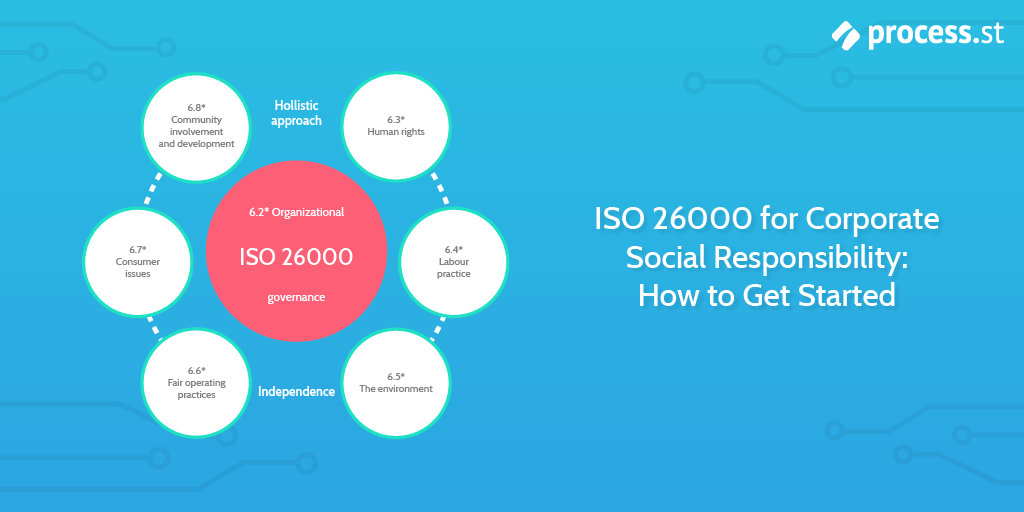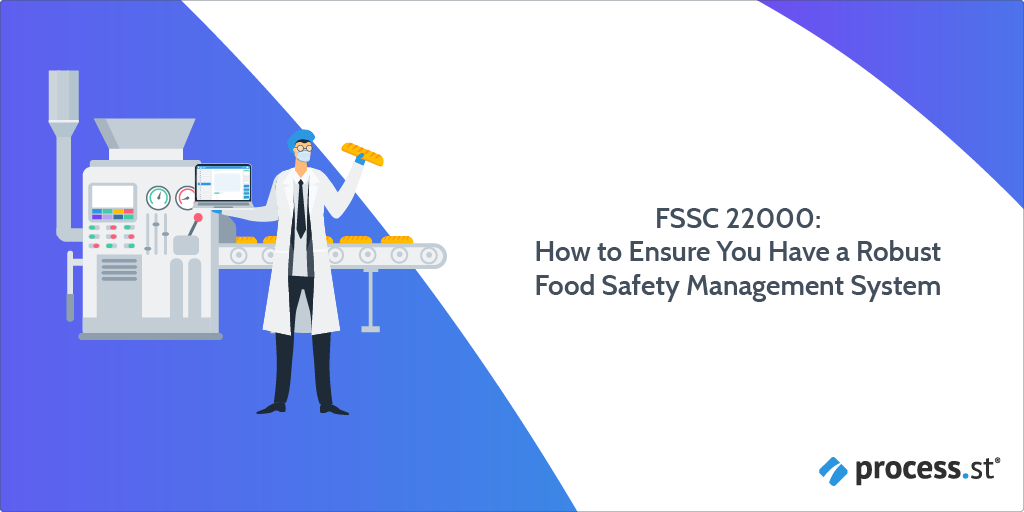
Bread. Beer. Bacon. *Homer Simpson voice* Mmm, bacon…
No matter what tasty food product your business is creating (or helping to create), a robust food safety management system is essential.
Why?
Because without one, you could be exposing your food to risks and hazards that are both life-threatening for your consumers (420,000 people die each year due to contaminated foods), and business-destroying for you. Plus, by not having a food safety management system in place, you’ll lose pivotal trade opportunities with others in the food industry.
To ensure you have a food safety management system in place – and that it’s up to scratch – there’s FSSC 22000.
In this post, you’ll discover what FSSC 22000 actually is, why it’s so important, how a GFSI recognized certification will benefit you, and how Process Street can help with it all.
Make your way through the following sections to get clued up:
- What is FSSC 22000?
- What’s the difference?: FSSC 22000 vs ISO 22000
- What a GFSI recognized certification means for you
- The additional positives of FSSC 22000 certification
- Achieve FSSC 22000 certification with Process Street!
Now, it’s time to taco about FSSC 22000 and food safety!







 Workflows
Workflows Forms
Forms Data Sets
Data Sets Pages
Pages Process AI
Process AI Automations
Automations Analytics
Analytics Apps
Apps Integrations
Integrations
 Property management
Property management
 Human resources
Human resources
 Customer management
Customer management
 Information technology
Information technology



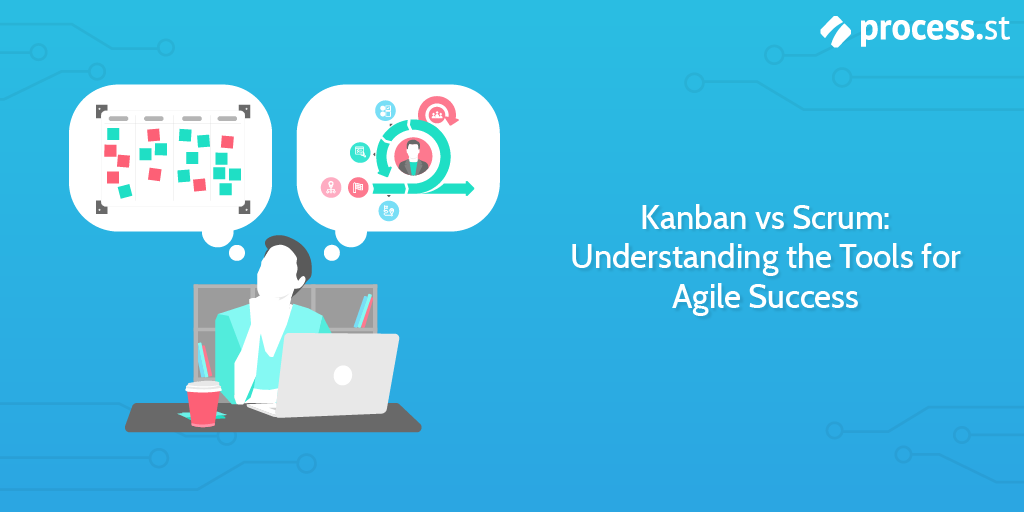
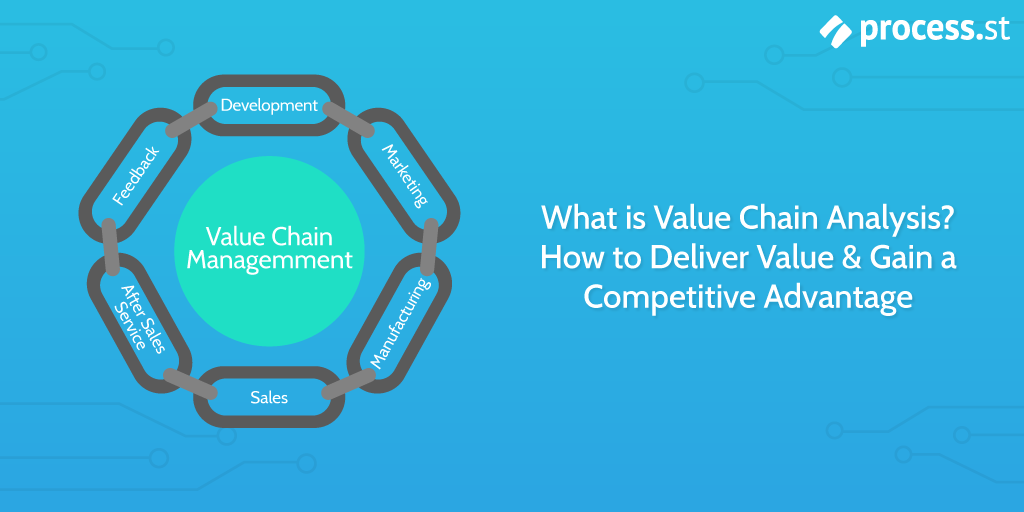
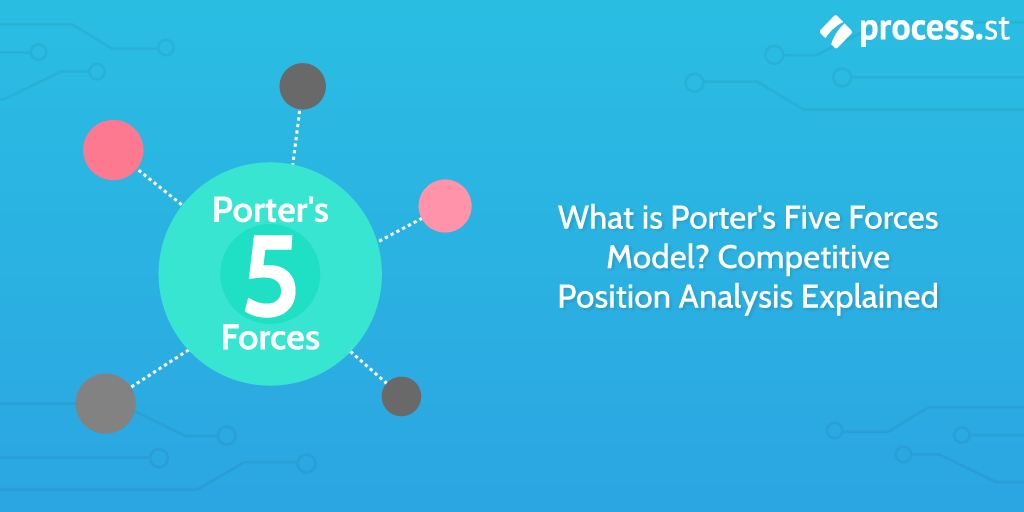 How do you know whether you’re going to be successful or not with a new business or product?
How do you know whether you’re going to be successful or not with a new business or product?
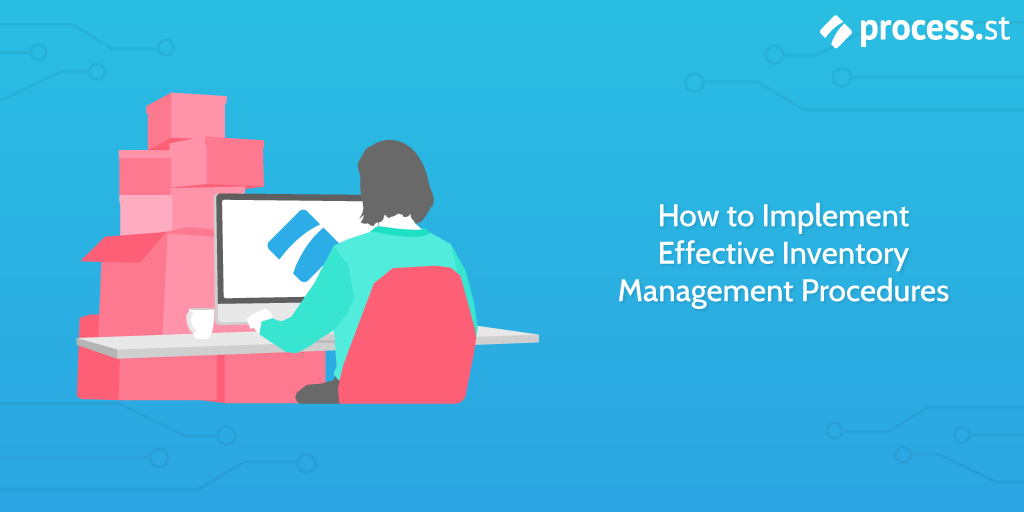
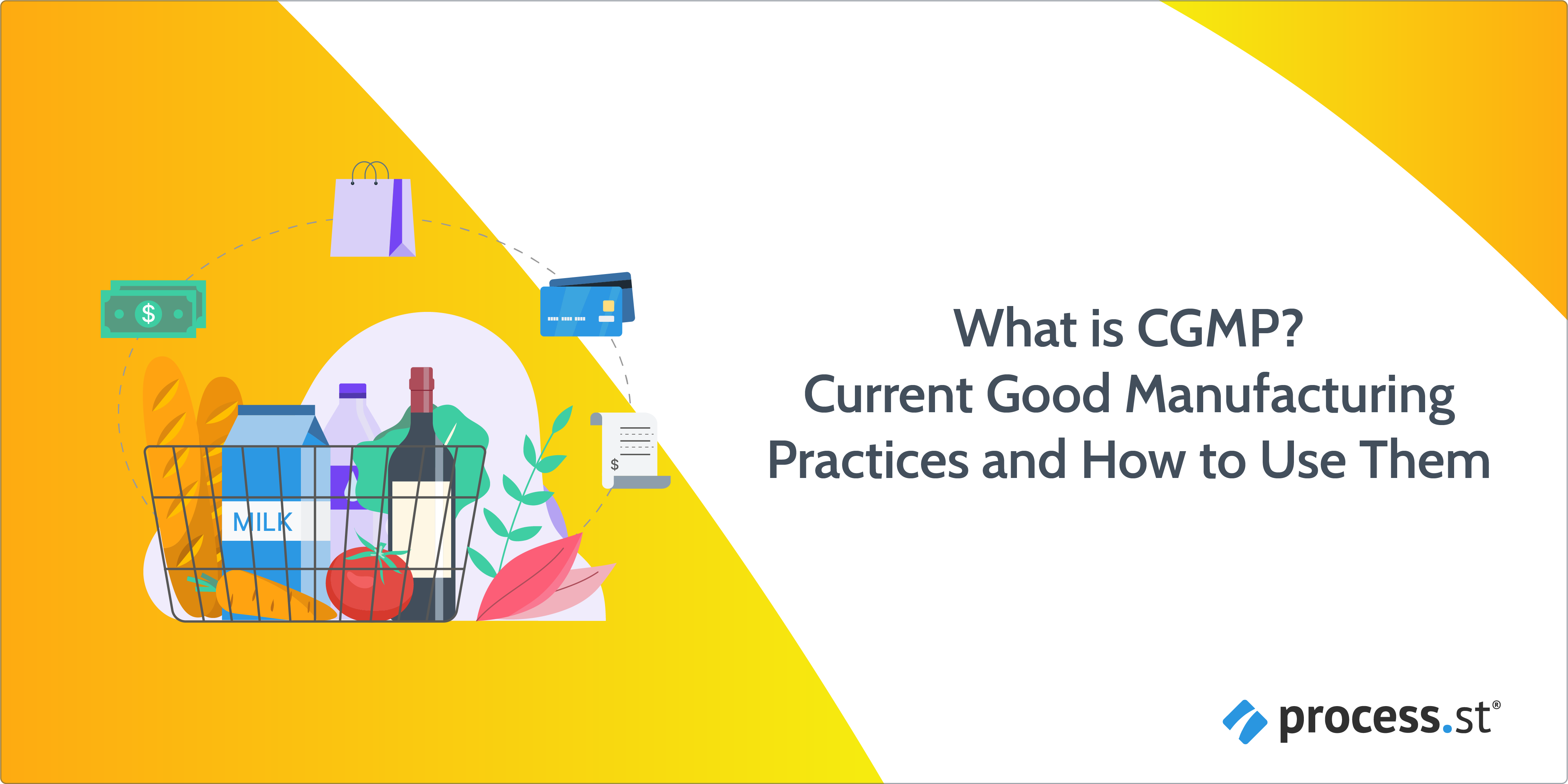 If you’re manufacturing food, drinks, or medicine, you know you have a sea of regulations and standards which you need to hit and adhere to.
If you’re manufacturing food, drinks, or medicine, you know you have a sea of regulations and standards which you need to hit and adhere to.

